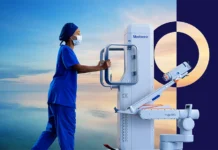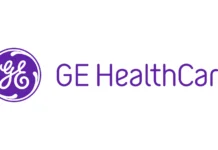Articles
Articles
7 ways to boost healthcare practitioner wellbeing and productivity
With the Great Resignation in full swing, healthcare institution managers must look for ways to address the physical and mental wellbeing of nurses and carers...
Articles
Healthy Databots: The Future of Healthcare Data Quality
“We will have clinicians in the loop for a period of time until we can actually trust that AI and those technology solutions are taking care...
Articles
Studies Show Significantly Lower Costs Using MOSES 2.0 Technology for Enlarged Prostate Surgery
Prostate enlargement, or benign prostatic hyperplasia (BPH), affects about half of men aged 51 to 60, with the risk increasing with age to include 90%...
Articles
How Can Public Healthcare’s Siloed Data Systems Be Fixed?
The ongoing COVID-19 pandemic has wreaked havoc on the healthcare system and brought the concerns of public health data systems into the spotlight. One of...
Articles
Taking action now to shape the next decade of care
The COVID-19 pandemic condensed and challenged the bench to bedside continuum. It created an accelerated timeline for clinicians, exposing the challenges of driving fast and hard...
Articles
How AI is helping improve employee engagement
In today’s competitive employment market and amid the so-called “Great Resignation,” maintaining employee satisfaction and retention has become a top priority for managers across industries....
Articles
Better management of PIVC insertion to keep Phlebitis away
Intravenous route-related phlebitis is a growing problem all across the world. The use of the intravenous route in hospitalized patients brings with it adverse reactions...
Subscribe
- Never miss a story with notifications
- Gain full access to our premium content
- Browse free from any location or device.

















